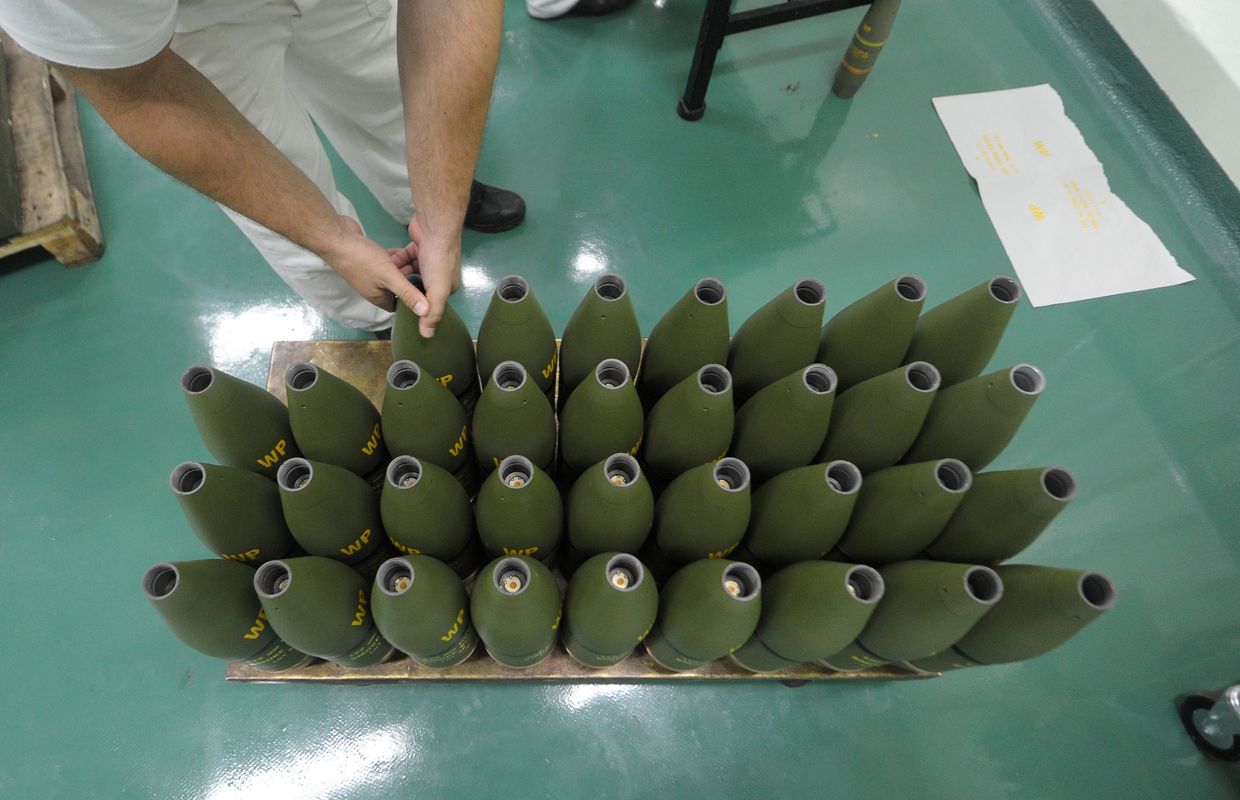Stu Robarts
Wed, May 28, 2025, 7:51 AM 2 min read
In This Article:
To drive mass adoption and growth within the industry, 3D printing companies must guarantee product standardisation, a new report states.
The 2025 edition of GlobalData’s 3D Printing report forecasts that the industry will continue to grow in the coming years, but it predicts that the transition to mass manufacturing will take longer as capital investments remain low and operating costs increase. GlobalData’s Deals Database shows that investment in 3D printing actually fell by about 50% between 2021 and 2024.
“During the pandemic, the 3D printing industry received record-high investments to upscale production,” the report explains. “It was thought that 3D printing could resolve supply chain bottleneck issues and help reshore production. Although this was true for limited applications and in industries that benefitted from decentralised manufacturing, such as pharmaceuticals and healthcare, large-scale additive manufacturing is financially or operationally impractical for most industries.”
The standardisation of production processes is given as one key factor for the development of 3D printing. Covering best practices, regulations and benchmarks, it is characterised by GlobalData as being “critically important” for the development of any industry.
“3D printing is a disruptive technology in which standards provide a foundation to facilitate wider adoption of the technology beyond prototyping and into digital manufacturing,” the report says. “There are two core benefits of standardisation for 3D printing: ensuring consistency and meeting regulatory standards.
“On consistency, 3D printing consists of a complex network of variables, from raw materials to design optimisation and manufacturing processes. These, in turn, require interaction within an infrastructure of software and hardware. Each stage must be monitored, assessed and controlled to ensure the repeatability and reliability of 3D-printed parts while avoiding costly trial and error. A standardised approach can help define the parameters for each step of additive manufacturing production while creating a consistent process.”
GlobalData goes on to state that investing in workflow automation tools will be the fastest and most cost-efficient way of achieving standardisation within the 3D printing sector. Not only does such technology streamline tasks, freeing up time and resources, but it also improves the quality and repeatability of 3D-printed parts.
The report adds: “In the next few years, the largest growth in the software segment of the value chain will come from workflow automation. A concern when switching to additive manufacturing surrounds the time spent on pre- and post-processing. It is estimated that up to 75% of 3D printing’s work cycle can be spent on pre-printing tasks. Workflow automation software enables companies to automate processes and reduce the work cycle and associated costs.”
.png)
 German (DE)
German (DE)  English (US)
English (US)  Spanish (ES)
Spanish (ES)  French (FR)
French (FR)  Hindi (IN)
Hindi (IN)  Italian (IT)
Italian (IT)  Russian (RU)
Russian (RU) 







Comments